

The hard truth: research from the University of Illinois shows that corn plants only take up about one-third of the nitrogen farmers apply. The rest comes from soil or is lost through leaching, volatilization, or denitrification. That means every year, a big chunk of your fertilizer dollars never makes it into the crop.
The Hidden Cost of Imbalance Fertilizer isn’t just nutrients—it carries electrical charges. Negative and positively charged nutrients must stay in balance for plants to keep producing sugars and starch.
Nitrate nitrogen is responsible for 80% of negative charge in plants—it stalls growth and limits yield potential. The key is balance.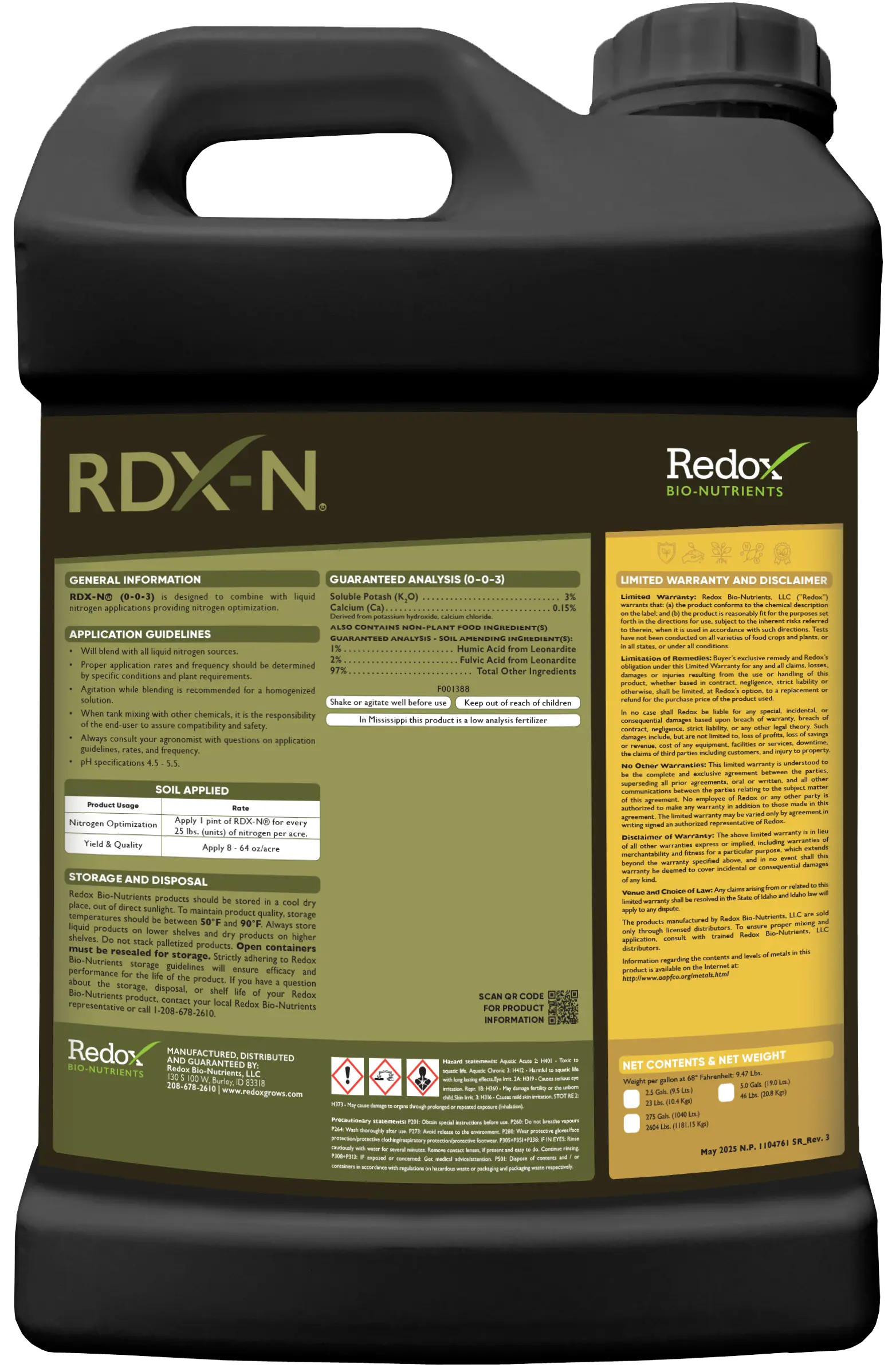 RDX-N Product Brochure
RDX-N Product Brochure
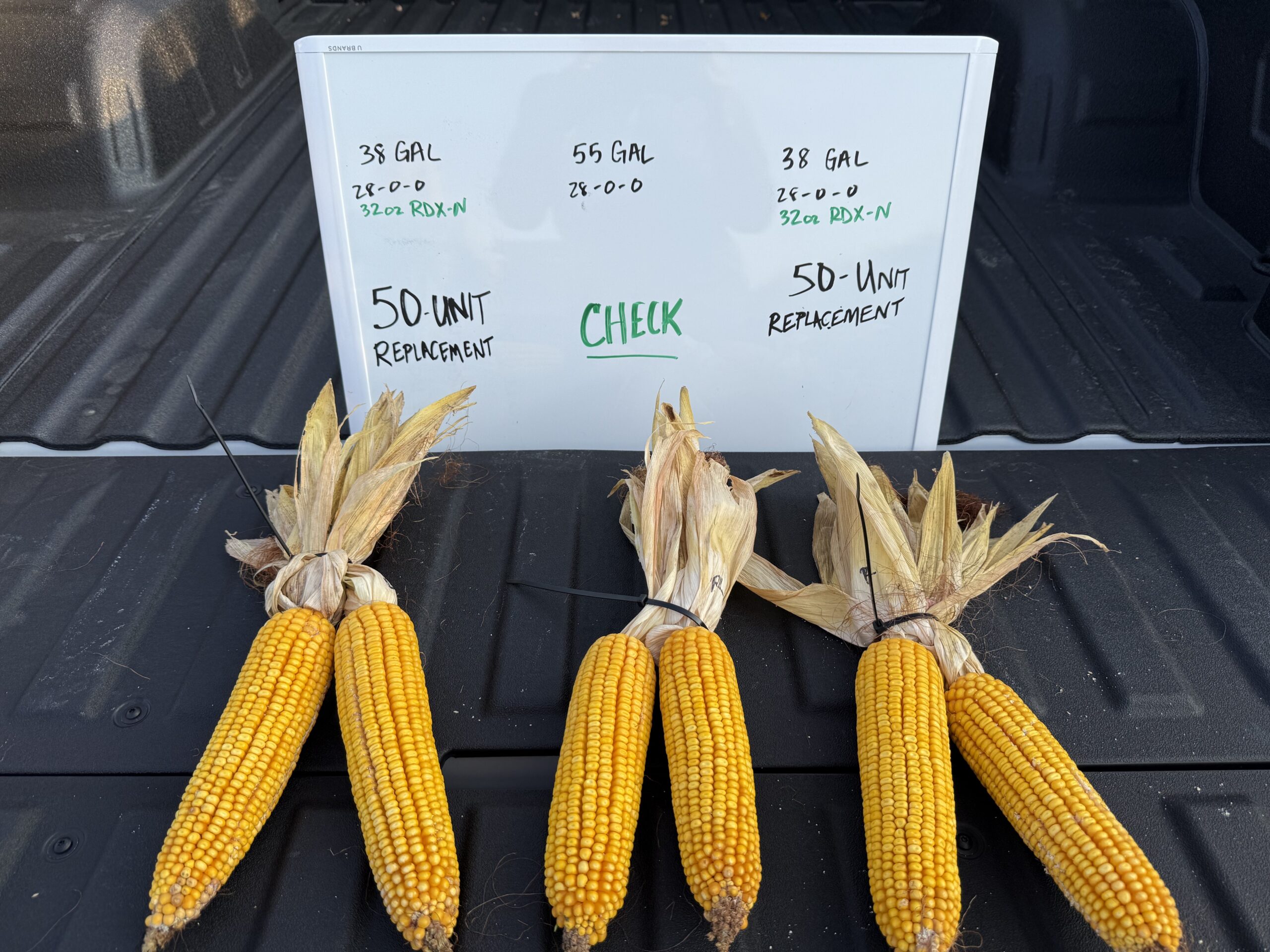
Warren County, Indiana – September 2025 | In this trial, the grower replaced 50 lbs. of nitrogen with 32 oz of RDX-N.
RDX-N on the left and right, grower standard practice (GSP) in the center. Observations showed RDX-N treated ears had more consistent length and less variation compared to the GSP, even with the 50 lb. replacement.
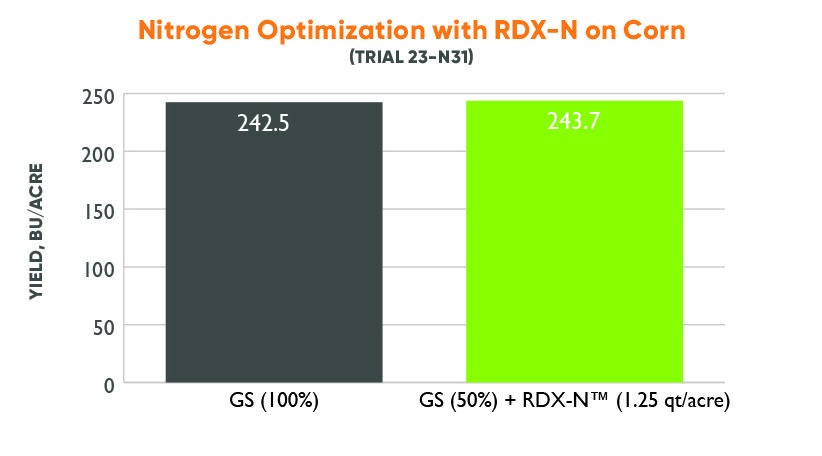
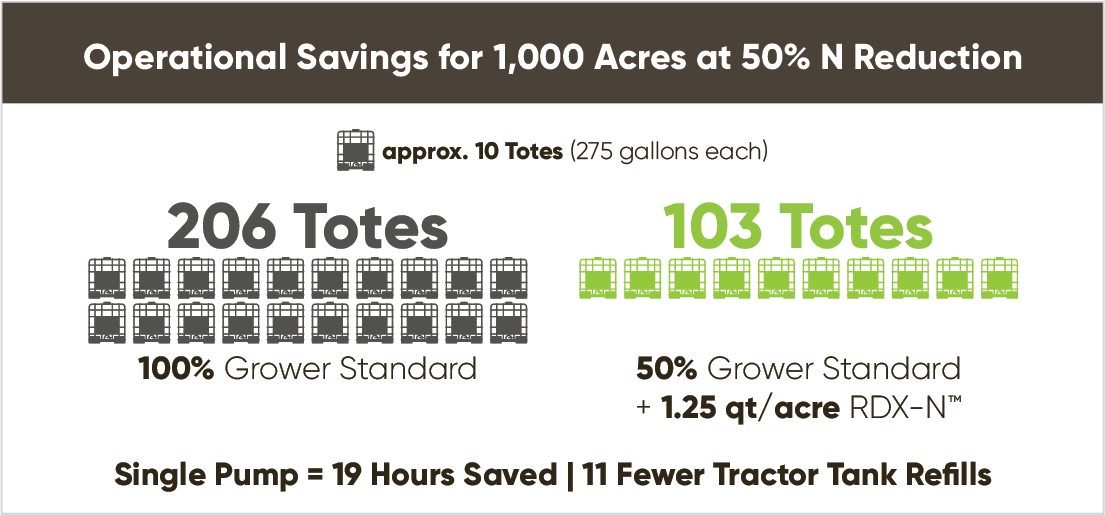
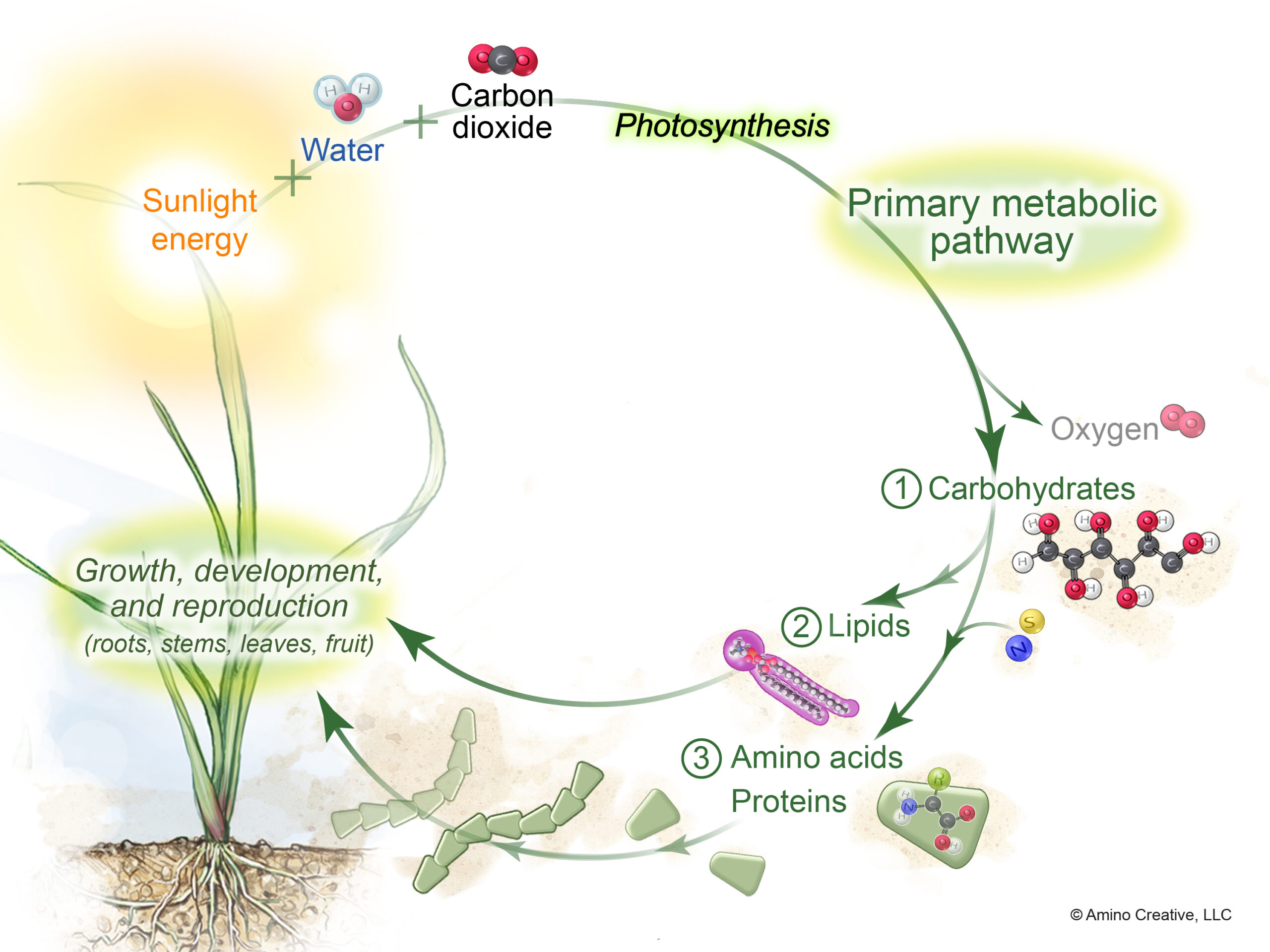
Photosynthesis itself is about charges: water molecules split into protons, electrons, and oxygen. That charge is the plant’s foundation for energy and nutrient uptake.
A plant should be ~50% positive and 50% negative charge.
When a plant is out of charge balance: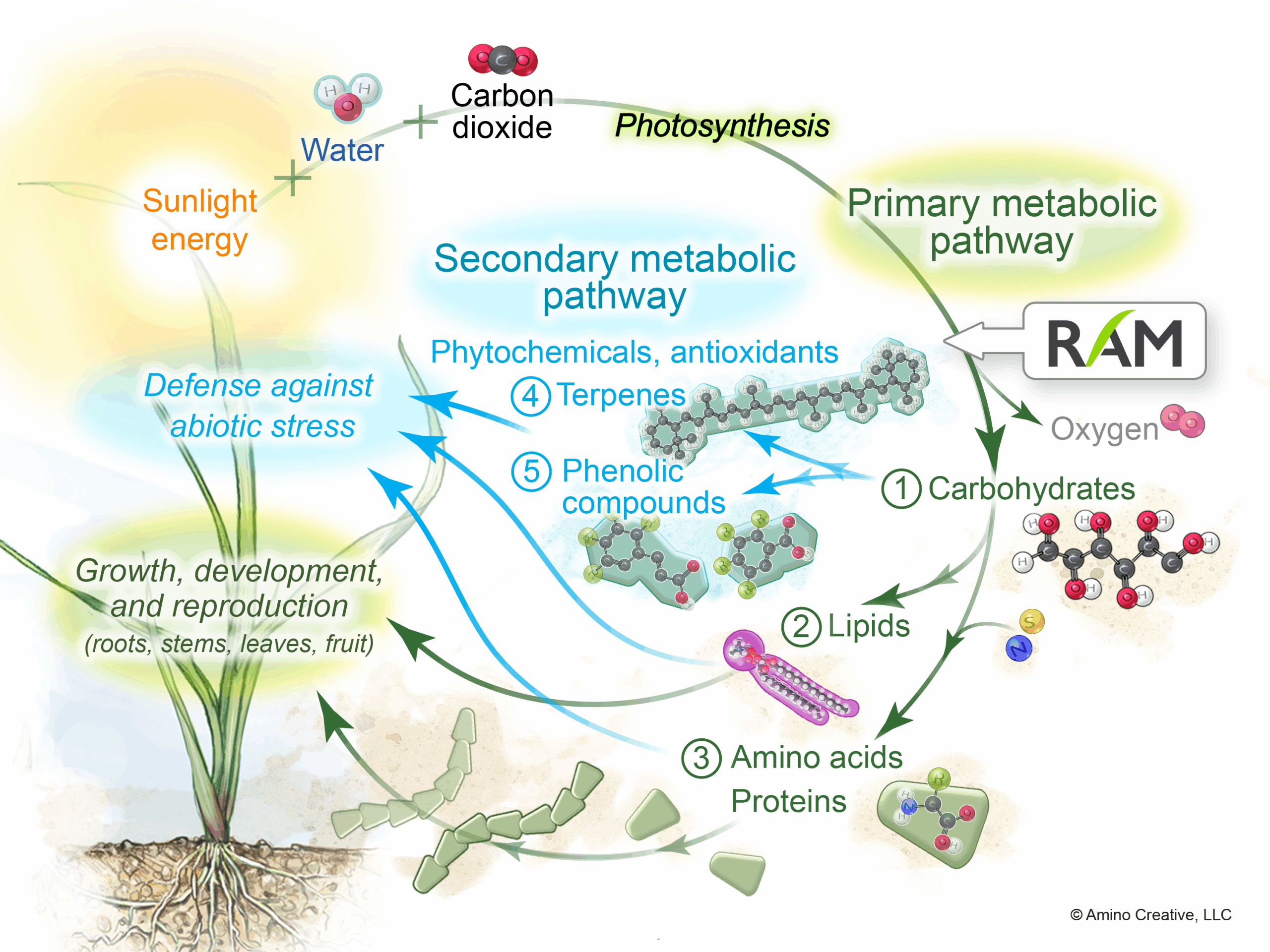

RAM technology (Redox Active Molecules) works like a charge “shock absorber” in the plant and soil. These molecules can give or take charge, helping plants maintain balance even under stress.
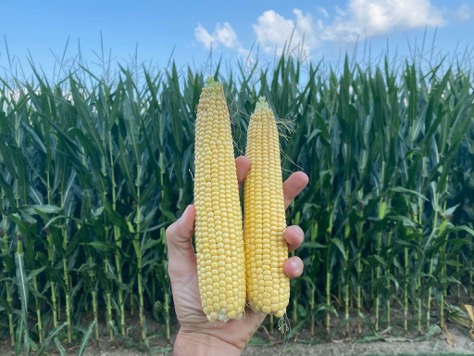
Archbold, OH – 2025 RDX-N Trial: Left – ½ side-dress N rate with RDX-N; Right – grower standard practice (full N rate).
Subscribe to receive our Redox Bio-Nutrients updates